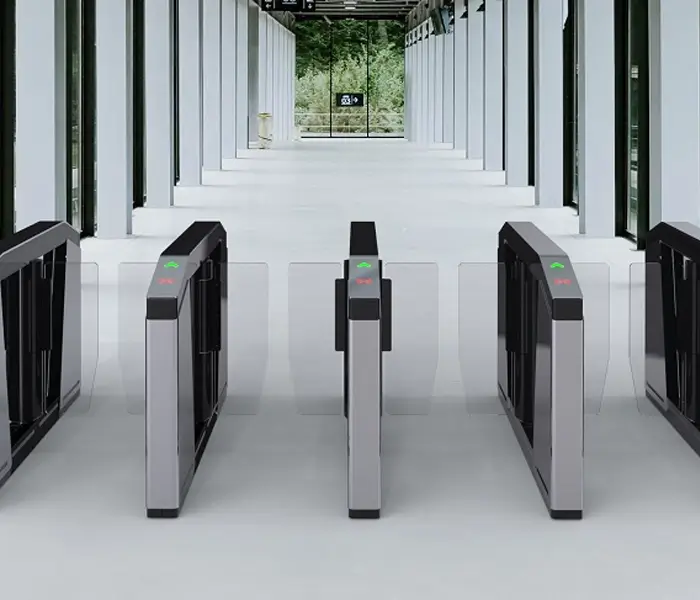The term access control refers to permitting entrance to a property, a building, or a room to authorized persons only using related access control devices & methods. Mechanical access control is achieved using locks and keys etc. But such access control mechanisms are completely outdated due to serious disadvantages of not being able to provide any time-controlled access, not able to generate any access control logs and reports.
Physical access control is a matter of who, where, and when is allowed or denied access. An access control system determines who is allowed to enter or exit, where & whern they are allowed to exit or enter. Electronic access control uses advanced electronics & software to eliminate the limitations of mechanical locks & keys. Today, wide range of credentials and authentication options are available to replace mechanical keys. The electronic access control system grants access based on the credential presented. These credentials can be a PIN, Biometric, multi-credential combinations etc. When access is granted, the door is unlocked for a predetermined time and the transaction is recorded. When access is declined, the door remains locked, and the attempted access is also recorded. The system also has advanced functionalities that enable users to monitor the door and alarm if the door is forced open or held open too long after being unlocked.
Access control system operation
When a credential is presented to an access control system, its reader sends the credential’s information, to a control panel, a highly reliable central processor. The master type readers have such a control panel built into it, so does not rely on a external control panel. The control panel compares the credential's number to an access control list, grants or denies the presented request, and sends a transaction log for storage into a software database. When access is denied based on the access control list, the door remains locked. Such access control denial events can be programmed to trigger various alerts and logs, including sirens, SMS alerts, photo, or video capture.
There are three types of authentication factors:
- Credential the user knows, e.g., a password, PIN, or passphrase
- Credential the user possesses, such as smart card or a key fob
- Credential the user is, such as face, fingerprint, iris, vein, voice, palm etc., verified by biometric identification
Access control system - Main Components
An access-controlled point can be a door, parking gate, elevator, turnstile, or other types of physical barriers. Granting access to these areas are usually electronically controlled. An electronic access control door can contain several elements:
- Standalone electric lock with basic switch control
- Access Control Reader – keypad, biometric or card based
- Door Controller Modules
- Transformers & Lock Relays
- Locking mechanisms – Electromagnetic EM, Electric etc.
- Battery backup UPS for uninterrupted power supply
- Push to Exit switches
- Safety components such as Alarms Sirens
- Call Point Switches
- Turnstiles and other anti-pass back mechanisms
- Controlling & reporting software applications


